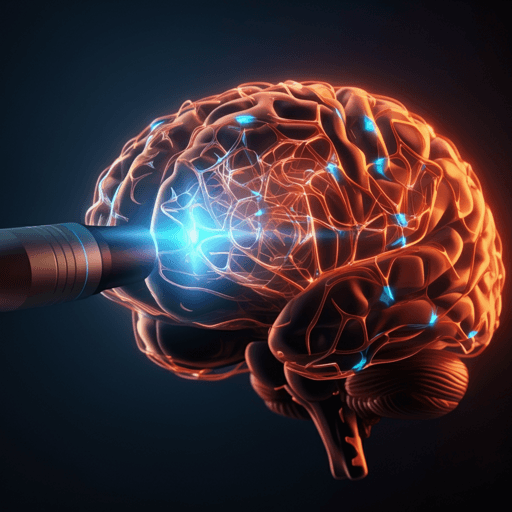
Psychology
Characterization of neural networks involved in transdiagnostic emotion dysregulation from a pilot randomized controlled trial of a neurostimulation-enhanced behavioral intervention
A. D. Neacsiu, N. Gerlus, et al.
Emotional dysregulation was probed with fMRI as adults used personalized autobiographical stressors and cognitive restructuring; results pointed to vmPFC–amygdala hyperactivity, altered frontoparietal engagement, and promising connectivity changes after a single session of cognitive restructuring paired with active neurostimulation over dlPFC. Research conducted by Andrada D. Neacsiu, Nimesha Gerlus, John L. Graner, Lysianne Beynel, Moria J. Smoski, and Kevin S. LaBar.
~3 min • Beginner • English
Related Publications
Explore these studies to deepen your understanding of the subject.







